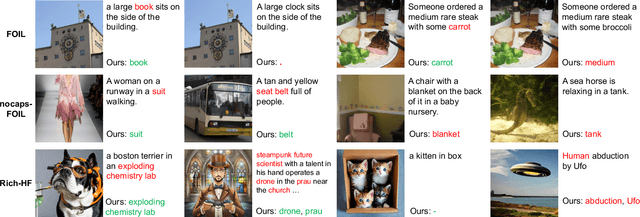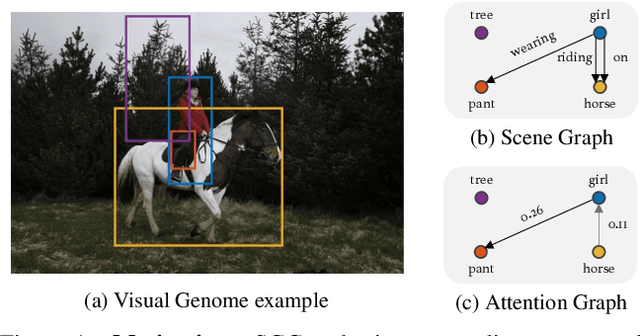JeongYeon Nam
Online Difficulty Filtering for Reasoning Oriented Reinforcement Learning
Apr 04, 2025Abstract:Reasoning-Oriented Reinforcement Learning (RORL) enhances the reasoning ability of Large Language Models (LLMs). However, due to the sparsity of rewards in RORL, effective training is highly dependent on the selection of problems of appropriate difficulty. Although curriculum learning attempts to address this by adjusting difficulty, it often relies on static schedules, and even recent online filtering methods lack theoretical grounding and a systematic understanding of their effectiveness. In this work, we theoretically and empirically show that curating the batch with the problems that the training model achieves intermediate accuracy on the fly can maximize the effectiveness of RORL training, namely balanced online difficulty filtering. We first derive that the lower bound of the KL divergence between the initial and the optimal policy can be expressed with the variance of the sampled accuracy. Building on those insights, we show that balanced filtering can maximize the lower bound, leading to better performance. Experimental results across five challenging math reasoning benchmarks show that balanced online filtering yields an additional 10% in AIME and 4% improvements in average over plain GRPO. Moreover, further analysis shows the gains in sample efficiency and training time efficiency, exceeding the maximum reward of plain GRPO within 60% training time and the volume of the training set.
Extract Free Dense Misalignment from CLIP
Dec 24, 2024



Abstract:Recent vision-language foundation models still frequently produce outputs misaligned with their inputs, evidenced by object hallucination in captioning and prompt misalignment in the text-to-image generation model. Recent studies have explored methods for identifying misaligned elements, aiming not only to enhance interpretability but also to improve model performance. However, current approaches primarily rely on large foundation models in a zero-shot manner or fine-tuned models with human annotations, which limits scalability due to significant computational costs. This work proposes a novel approach, dubbed CLIP4DM, for detecting dense misalignments from pre-trained CLIP, specifically focusing on pinpointing misaligned words between image and text. We carefully revamp the gradient-based attribution computation method, enabling negative gradient of individual text tokens to indicate misalignment. We also propose F-CLIPScore, which aggregates misaligned attributions with a global alignment score. We evaluate our method on various dense misalignment detection benchmarks, covering various image and text domains and misalignment types. Our method demonstrates state-of-the-art performance among zero-shot models and competitive performance with fine-tuned models while maintaining superior efficiency. Our qualitative examples show that our method has a unique strength to detect entity-level objects, intangible objects, and attributes that can not be easily detected for existing works. We conduct ablation studies and analyses to highlight the strengths and limitations of our approach. Our code is publicly available at https://github.com/naver-ai/CLIP4DM.
EGTR: Extracting Graph from Transformer for Scene Graph Generation
Apr 05, 2024



Abstract:Scene Graph Generation (SGG) is a challenging task of detecting objects and predicting relationships between objects. After DETR was developed, one-stage SGG models based on a one-stage object detector have been actively studied. However, complex modeling is used to predict the relationship between objects, and the inherent relationship between object queries learned in the multi-head self-attention of the object detector has been neglected. We propose a lightweight one-stage SGG model that extracts the relation graph from the various relationships learned in the multi-head self-attention layers of the DETR decoder. By fully utilizing the self-attention by-products, the relation graph can be extracted effectively with a shallow relation extraction head. Considering the dependency of the relation extraction task on the object detection task, we propose a novel relation smoothing technique that adjusts the relation label adaptively according to the quality of the detected objects. By the relation smoothing, the model is trained according to the continuous curriculum that focuses on object detection task at the beginning of training and performs multi-task learning as the object detection performance gradually improves. Furthermore, we propose a connectivity prediction task that predicts whether a relation exists between object pairs as an auxiliary task of the relation extraction. We demonstrate the effectiveness and efficiency of our method for the Visual Genome and Open Image V6 datasets. Our code is publicly available at https://github.com/naver-ai/egtr.
 Add to Chrome
Add to Chrome Add to Firefox
Add to Firefox Add to Edge
Add to Edge